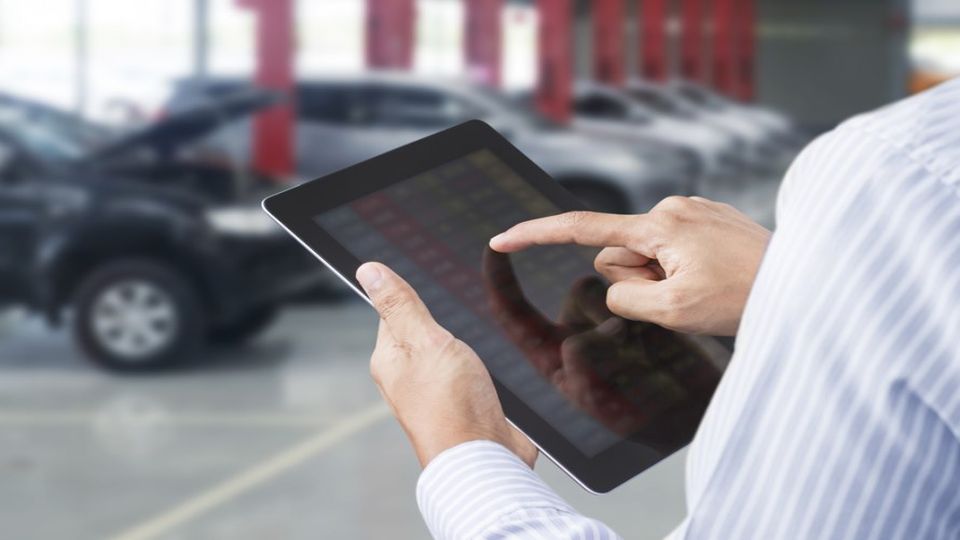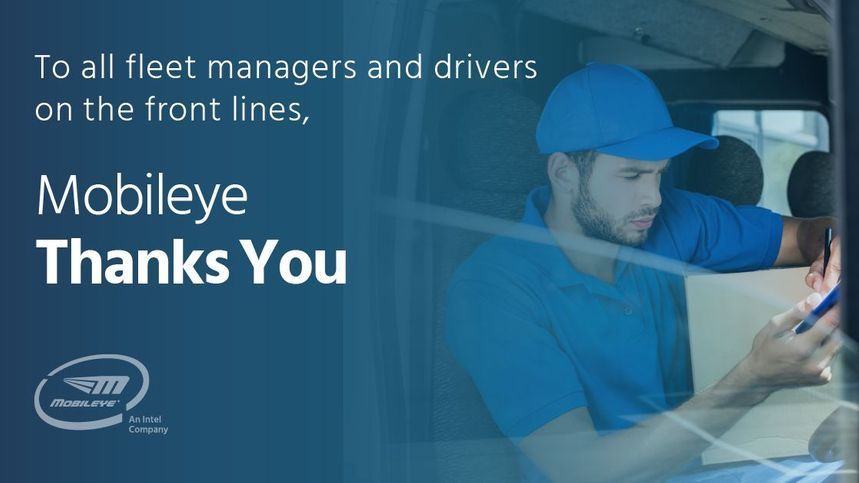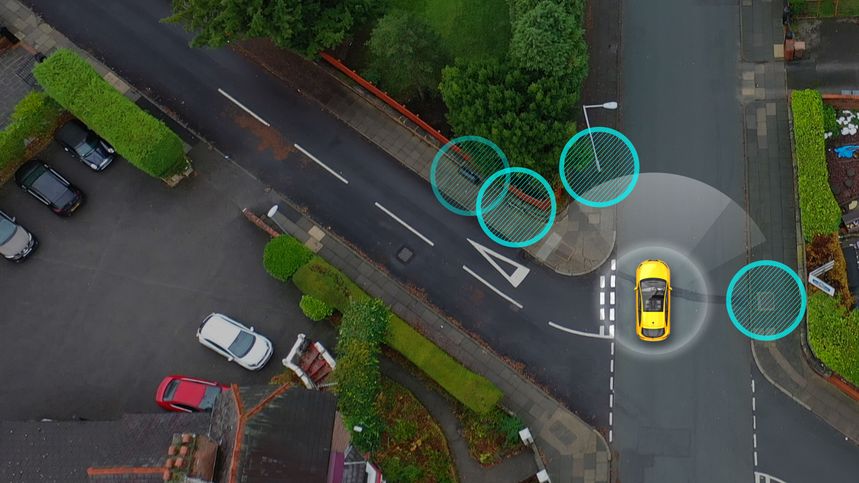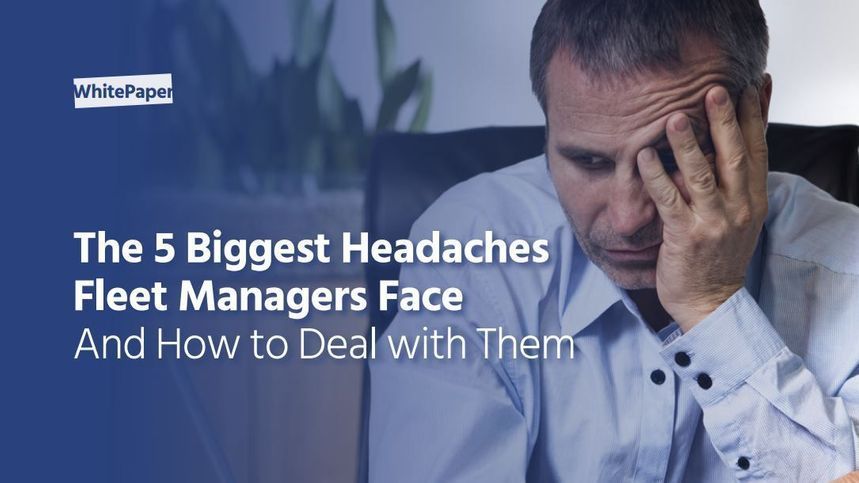
Improving the Bottom Line with Collision Avoidance Systems
Reducing collisions are a top priority for fleet managers. Beyond safety concerns for fleet drivers and other road users, the financial burden and logistical headache of collisions is a significant motivator. From direct costs like motor vehicle repair and replacement to indirect costs like loss of business and administrative burden, even one collision can set off a domino effect of losses. There are a number of ways fleet managers put effort into reducing or mitigating these costs; implementing a company-wide safety culture, driver training and policy workshops, utilising telematics to track and incentivise safer driving habits, installing dash cameras to exonerate drivers who are not at fault. All of these help to tackle the challenge, but today fleets are taking further steps to avoid incidents by equipping their vehicles with collision avoidance technology. Collision avoidance systems are not an end-all solution. However, as opposed to the other common methods laid out above, collision avoidance systems directly address the issue in a highly cost-effective manner. As the saying goes ‘an ounce of prevention is worth a pound of cure’.Collision avoidance systems either come installed in new vehicles or can be retrofitted into existing fleet vehicles. These systems generally provide driver-assist features like pedestrian detection, forward collision warnings, and lane departure warnings to provide drivers with the critical seconds needed to avoid or mitigate a collision.As stated above, while reducing collisions to protect road users and save money is a top priority for fleet managers, this does not necessarily result in action. The initial overhead investment in new vehicles or collision avoidance technology is the root of the problem, with many fleet managers concerned that from a financial perspective the returns are ostensibly uncertain. However, as the white paper below shows, the returns of investment in collision avoidance technology are substantial and can bring several major indirect benefits to the business beyond that of improving safety and reducing road accident costs. The paper also gives further insight into:
- Why most collisions happen
- The true cost of collisions
- How collision avoidance systems work
- How collision avoidance systems can improve fuel efficiency.
After reading this paper, you will be able to make an informed decision and work out whether collision avoidance technology makes sense for your fleet.
Want to see how Mobileye can help your company?
X





